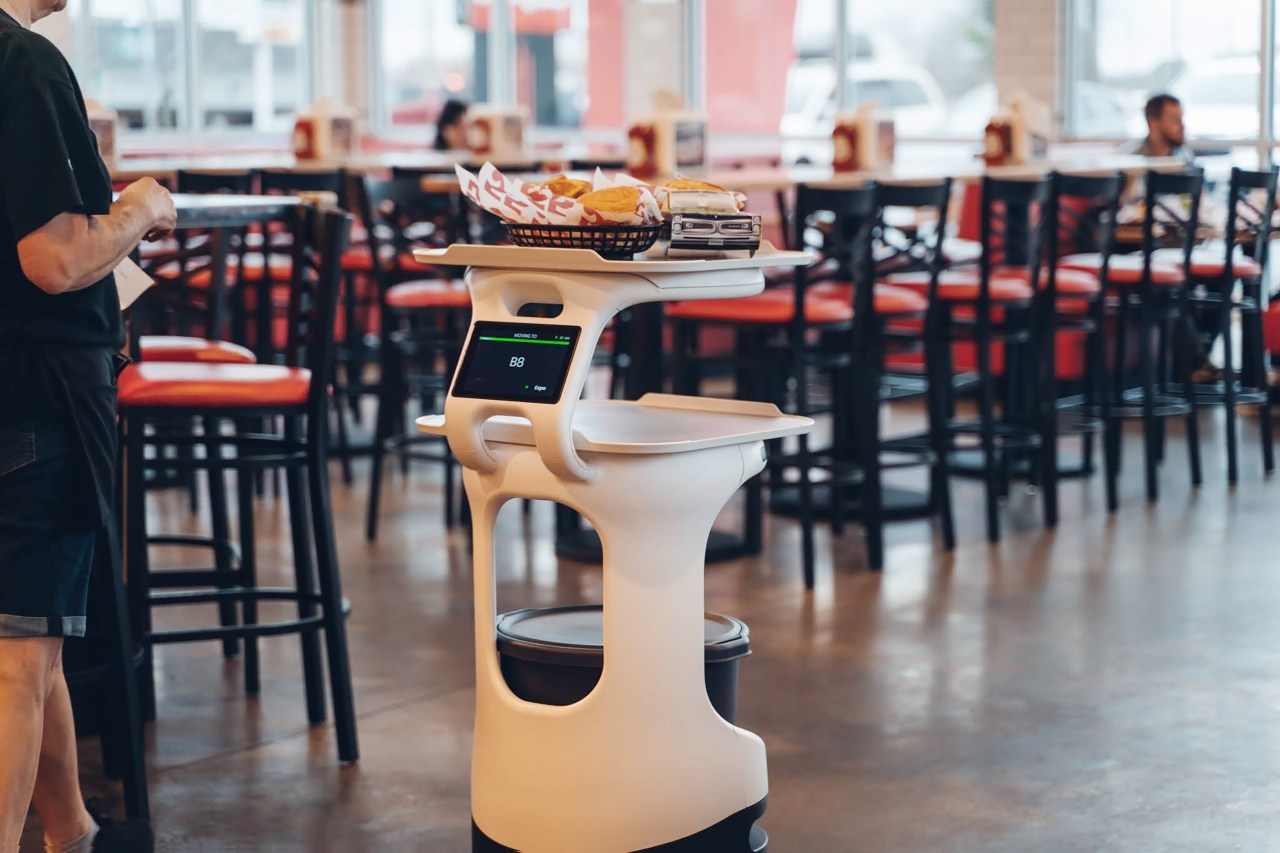In the rapidly evolving world of robotics, navigating the landscape of innovation comes with a challenging responsibility: striking the right balance between enthusiasm and realism. As we witness extraordinary advancements that push the boundaries of technology, it’s equally important to remain conscious of the hurdles and realities that accompany these developments. In this blog post, we delve deep into the current state of robotics, exploring both the monumental progress and the challenges that lie ahead.
Setting Realistic Expectations in Robotics
Covering robotics for a decade has provided me with a wealth of insights into how this dynamic field operates. A defining lesson learned along the way is the importance of tempering excitement with practical timelines. During visits to university research labs years past, I frequently encountered robotics professors advocating for longer timelines of 5 to 10 years for deploying cutting-edge technologies. Today, it’s exhilarating to see many of those initial concepts come to fruition, thanks partly to technological maturation and the unique circumstances shaped by the global pandemic.
Facing the Challenges Head-On
As we embrace the good in new robot technologies, it’s crucial to acknowledge the bad. Recent weeks have seen businesses, including notable firms, react to broader market declines, leading to layoffs and project cancellations. One striking example comes from Chili’s parent company, Brinker, which recently paused the deployment of the Bear Robotics serving robot, Rita. Kevin Hochman, the newly appointed CEO, stated their decision was based on the inability to identify a clear return on investment for the technology.
Calculating ROI for these robotic initiatives proves to be complex and subjective, raising further questions about how much robots can truly alleviate the pervasive staff shortages that trouble the restaurant industry and many service sectors. As we reflect on these setbacks, it’s important to remember that the journey of robotics is never a straightforward path.
The Societal Context of Automation
With a spotlight on the economic implications of automation, insights from a study conducted at the University of Central Florida reveal crucial societal perspectives. The study indicates a correlation between wealth inequality and public perception of automation. According to UCF professor and study co-author Mindy Shoss, countries with wider wealth gaps tend to perceive automation technologies more as threats rather than opportunities. This perspective rings particularly true for the U.S., known for its significant socio-economic disparities.
It is becoming increasingly evident that automation in industry often leads to the displacement of blue-collar jobs, creating conversations that need to be more widely addressed. As we navigate through advancements in technology, we must also consider the implications for workers who are most impacted by automation.
Highlighting the Bright Spots in Robotics
Despite the challenges, there are exciting developments worth celebrating! For instance, NASA recently awarded $100,000 to the University of Nebraska–Lincoln to develop a surgical robot for remote operation during a 2024 ISS mission. This endeavor aims to enhance the capabilities of performing surgery beyond Earth, which has clear benefits for astronauts’ well-being during long space missions.
In lighter news, Miko announced a fantastic collaboration with Disney, introducing animated storybooks featuring beloved characters from classic films like “Moana” and “Frozen” into their kid-friendly robot, Miko 3. This partnership demonstrates the potential of blending robotics with imaginative storytelling, enriching children’s engagement through technology.
Hope for the Future of Robotics
Research from Stanford and Seoul National University has revealed promising breakthroughs in the realm of artificial nerves that may assist paralyzed mammals to move again. This work signifies a hopeful stride toward developing solutions for nerve damage in humans, raising the possibility of healing spinal cord injuries or neurological disorders. It serves as a vivid reminder of the critical importance of integrating social ethics into technological innovations.
Conclusion: The Way Forward in Robotics
As we continue to explore the robotic landscape, it’s essential to remain grounded in our expectations while embracing the excitement of innovation. While advancements in robotics offer groundbreaking solutions, they inevitably face obstacles that require thoughtful consideration. Reflecting on these challenges and developments can inspire a more balanced dialogue about the role of robotics in our lives.
At fxis.ai, we believe that such advancements are crucial for the future of AI, as they enable more comprehensive and effective solutions. Our team is continually exploring new methodologies to push the envelope in artificial intelligence, ensuring that our clients benefit from the latest technological innovations.
For more insights, updates, or to collaborate on AI development projects, stay connected with fxis.ai.

